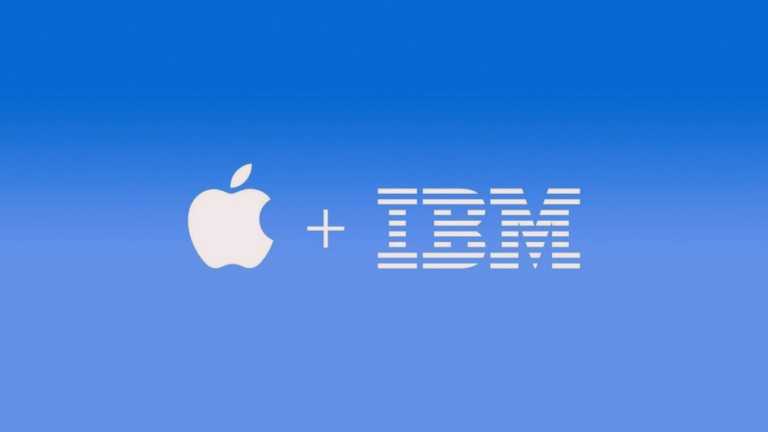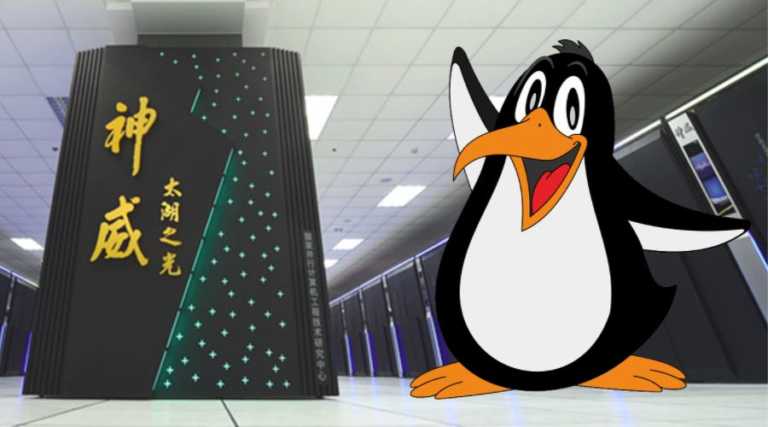Short Bytes: Linux kernel 4.10’s release is just around the corner. This release comes loaded with many new features and better hardware support for Nouveau driver, Intel GTV, AMD Zen, Intel Turbo Boost Max, new ARM devices, etc. The other new features of Linux kernel 4.10 include writeback throttling, fast fail support, and faster WLAN support. (Update: Linux kernel 4.10 is now released.)
Back in December, 2016, Linux boss Linus Torvalds rolled out Linux kernel 4.9. Thanks to tons of code due to Project Ara’s ‘greybus’ and AMD GPU register definition files, it was the biggest ever kernel release in terms of commits. The release also opened the Linux kernel 4.10 merge window. Kernel 4.10 is expected to be released this weekend–most probably on February 19.Having said that, I know you’re pretty excited about this release and you might be wondering about the new and best features coming to Linux kernel 4.10. So, here they are:
Linux Kernel 4.10 New Features
1. Writeback throttling
Writeback throttling has been integrated in the block layer. This makes the system more fluid and doesn’t compromise with the background writeback activity.
2. Improvements in Nvidia DRM driver
A major change coming with Linux kernel 4.10 is the improvements for Nvidia GPUs. The Nouveau driver is now restructured to allow smoother development in the future. The basic support for Multi-Stream Transport has also been added. There is also performance boost support, option to adjust Nvidia logo brightness, etc.
3. Fail fast support
In the MD RAID subsystem, Fail fast support has been added. What is its use? This change will cancel the read operating from the drive that’s showing problems and read from the other device.
4. AMDGPU DRM driver fixes and AMD Zen addition
Multiple fixes (power management, exposed RPM fan info., etc.) have been made to AMDGPU DRM. Now, it supports Polaris 12 GPUs. Also, more AMD Zen code is being mainlined.
5. Support for Intel Turbo Boost Max 3.0 and Intel Cache Allocation Technology (CAT)
A big feature of Linux kernel 4.10 is the support for Intel Turbo Boost Max 3.0 technology. This lets the CPU cores to achieve higher frequencies. Another addition is the support for Intel Cache Allocation Technology that allows one to partition the cache of newer Intel CPUs.
6. Initial Intel Graphics Virtualization Technology support
In Linux kernel 4.10, the initial Intel GVT mainline support is being added. It’ll allow the VMs to make use of graphics hardware.
7. Support for new ARM platforms
A number of new ARM platforms are now supported. They are Huawei Nexus 6P, LG Nexus 5X, Pine64, Snapdragon 808 and 810, Samsung Exynos 5433, NXP LS1046A, etc.
8. Better support for Raspberry Pi 3, Microsoft Surface 3, x86 laptops
9. Other major improvements
- Better HDMI support on Skylake CPUs
- Early support for Tegra P1/Parker
- EXT4 DAX iomap and XFS iomap support
- Faster WLAN
- ATA command priority support
- Encryption support in UBIFS
For further reading, visit Phoronix’s excellent post on kernel 4.10 changes and LWN’s extensive kernel 4.10 merge window coverage part 1, 2, and 3.
Did you find this article on the best Linux kernel 4.10 features helpful? Don’t forget to drop your views and feedback.
NOW WATCH SOME BONUS VIDEOS FROM FOSSBYTES!






